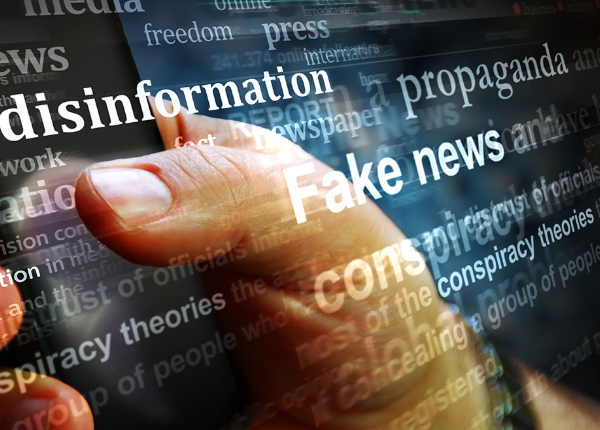Almost half of the Twitter accounts spreading messages about the coronavirus pandemic since January 2020 have likely been bots, a recent study from Carnegie Melon University found. Researchers said these machine-programmed messages match the Russian and Chinese playbooks and aim to create unrest in America.
Adam Clayton Powell III, Executive Director of the USC Election Cybersecurity Initiative, said Russia and China have increased the spread of disinformation and misinformation on social media in recent months. Russia is now hiring local people to open social media accounts, a practice known as franchising.
“Not only do they hire people in the United States, but this means that we could see Russian propaganda originating from within the United States, perhaps from within Mississippi, and it will look much more real and much more local,” Powell said.
He is predicting the spread of misinformation and disinformation will impact elections and campaigns leading up to the U.S. presidential elections in November. So, what can you do? Powell and Marc Ambinder, Executive Fellow in Digital Security at USC Annenberg School offered some tips and tools:
- Think about the most common false claims about the election. Come up with accurate rebuttals to these false claims and send these messages to your audience several times each week.
- Educate your audience. The public needs to know that the biggest thing they can do to prevent the spread of misinformation is to not share before they know whether the information is true or not.
- Go local. State and local politicians have the highest approval rating. So, that is the place where you should be trying to get the correct information.
- Sharing implies endorsement. Be aware that sharing suggests you have verified that information and you believe it to be true.
- Verify photos you find on social media. Run the photo through Google reverse image search to get an extensive history of the image, use a free online tool Metadata2Go.com that allows you to access the hidden data, such as when and where the photo was taken, or use Forensically to get information about clone detection, error level analysis, metadata extraction and more.
- Verify videos using tools such as InVID that can detect, authenticate, and check the reliability and accuracy of video files on social media.
- Verify articles using Hoaxy, a tool that visualizes the spread of articles online and checks sources.
- Check the authenticity of social media accounts using platforms such as Bot Sentinel.
News organizations have a responsibility to play a greater role in fact-checking than ever before. We welcome your suggestions for other resources and tools in the comments section.
The USC Election Cybersecurity Initiative is a new non-partisan independent project, supported by Google, to help protect campaigns and elections.








